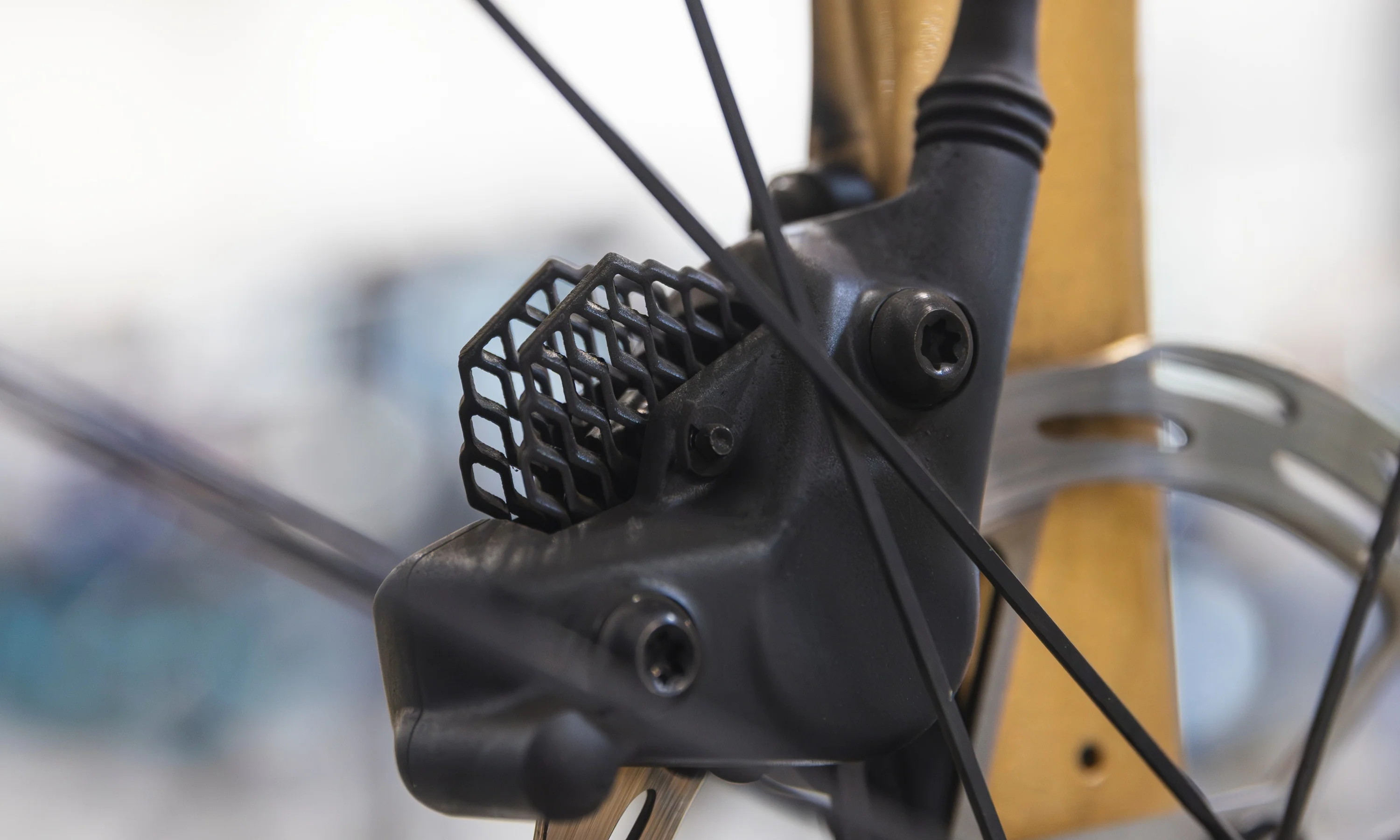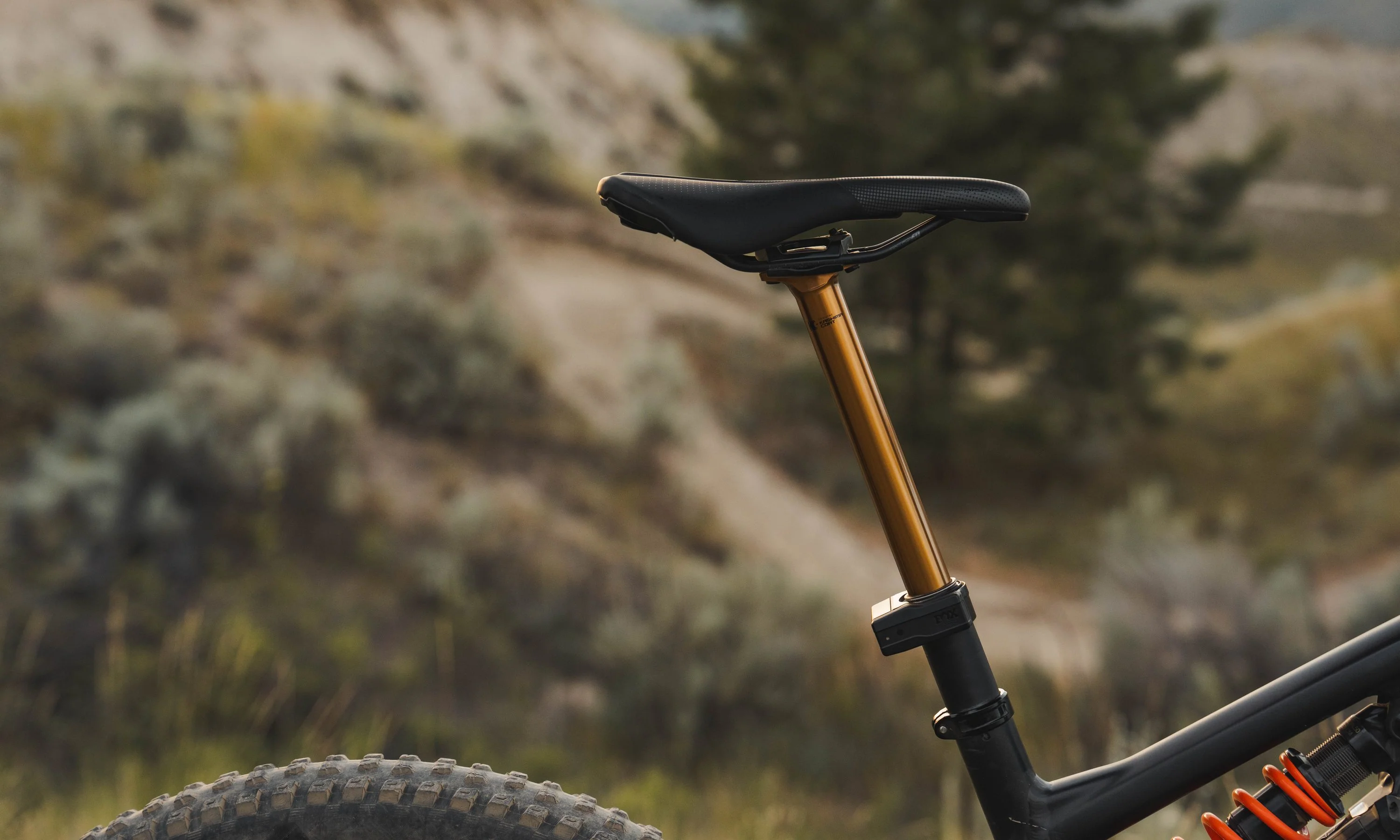Updated: January 12, 2021
I made a big step this week: I went down to the local bike non-profit, Community Cycles, and donated my stash of shifter cables and housing that I’d been jealously hoarding for decades.
I have fully committed to the cable-free lifestyle.
Why, you might ask, did I do away with all of these useful spare parts? These consumables could come in handy, right? That used to be true, but now my mountain bike has a SRAM Eagle AXS drivetrain, my gravel bike has SRAM Force AXS, and my road bike has SRAM eTap — all electronic, wireless ways to shift a bike drivetrain.
By now, the traditionalists in the crowd might be dismayed. How could he? And only a few weeks after Eddy Merckx’s birthday! For shame.

I’m not here to convince you to give up cable-actuated shifting. The majority of the time, it works great. It needs occasional maintenance. Nothing’s perfect; such is life. Instead, I’m going to run you through the most notable ways this cable-free fleet has changed my day-to-day life as a bike rider.
Maybe it’ll sound amazing to you, and you’ll consider buying a SRAM AXS group of your own — that’s up to you (and your budget).
Five things I do with SRAM AXS
1. Shift more often
My coworker Bruce asked me if I shift more often now that I use electronic drivetrains. It took me a minute to reflect on my habits. That’s a good thing. It meant to me that I’d gotten so used to the ease of shifting action that I didn’t spare much time thinking about it. And upon reflection, I think I do change gears more often. I am quick to pop back and forth between cogs when I’m not totally happy with my cadence. I love using the multi-shift function which lets me simply hold down the button and jump several cogs at once. Apart from Campagnolo road parts, no cable-actuated shifting system lets you dump multiple gears in both directions (usually it’s just downshifting). That feature is huge for abrupt changes in terrain, especially on trails.
2. Check my batteries
This habit is not necessarily a “pro” that counts in favor of AXS or any electronic shifting. I am careful to check my bike’s batteries, especially before long rides. The good news is that it’s as simple as pressing the AXS button on my derailleurs. If the light is green, I’m good to go. If it’s red or blinking red, I just click in a fresh battery that I keep on a charging station. For peace of mind, I bring a spare battery on epic days (like my trip to Kansas). I’ve never needed to do a mid-ride change on my gravel bike. On my mountain bike, I occasionally swap my dropper post battery with my derailleur battery if I see my shifting charge is getting low. Now that I have a Force AXS drivetrain on my gravel bike, I have noticed that the front derailleur battery runs out quicker than the rear. I’ve been told that front derailleurs require more power to shift the chain, which makes sense to me.
3. Connect with the AXS app
I wouldn’t say that I wanted my bike to have a smartphone app, but I’ve gotten used to it, and SRAM’s AXS app is really user-friendly. When I was setting up my mountain bike’s AXS, I couldn’t decide on how to configure the shifter buttons. No worries, I pulled out my phone on the trail and switched things around until I got it where I liked it. Also, if you want to go full-on techy, you can use the app to set up TireWiz pressure sensors on your valves, which I did with Zipp’s 3ZeroMoto wheels on my mountain bike. Finally, SRAM’s been developing its AXS web platform to collect ride data based on your drivetrain’s activity on any given ride. Unfortunately, it only works with Garmin so far, and I’m a Wahoo man. Hopefully, soon I’ll be able to view some of those insights about shifting patterns and more.
4. Display gearing on my head unit
It’s not necessarily hard to look down to see what gear you’re in, but it is objectively easier to see a visual display on your head unit. This feature isn’t limited to AXS components — any electronic groupset will let you see your gearing on most GPS devices. But it’s just one of those little features that I can’t live without.
5. Easily swap drivetrains
OK, this is not a typical thing that most riders will have the luxury of considering. However, if you’re running a “mullet” drivetrain (single-chainring Eagle AXS shifting) on your gravel bike, and you feel like swapping to Force AXS with a double, it’s pretty painless. I know because I did this on my Lauf True Grit gravel bike. Internal cable routing? Forget about it. Shifter compatibility? Easy, just pair the clickers to your new derailleurs. No need to re-wrap bar tape or route brake lines.
Three things I don’t do with SRAM AXS
1. Worry about mud, dirt, dust, or water
Now, growing up as a mountain biker in New England, I wouldn’t say I ever truly “worried” about bad conditions. But, now I don’t have to worry about the consequences. There are no cables or housing to get fouled up (remember my parts stash I just gave away?). The shifting won’t degrade during a muddy race. And I know that firsthand, having suffered through a wet 50-mile day at the True Grit mountain bike race. My Eagle AXS was trouble-free and shifting fine.
2. Finesse front shifting
Even though front derailleur and chainring designs have come a long way, a well-executed front shift always requires a little finesse on a bike with cables. Once I got accustomed to tapping both shift buttons simultaneously to move the front derailleur, I could jam my chain into the big ring with little concern.
3. Readjust my shifting
While you have to set up AXS components precisely, once they’re adjusted, they’re adjusted for life. Cable stretch won’t impact shifting performance. Grubby housing won’t lead to finicky upshifts. Also, if you swap wheels, you can easily fine-tune the rear derailleur's indexing with the shifter buttons. They're like wireless, electronic barrel adjusters!
Update: Why my mountain bike has cables now
As you might expect, working at TPC makes it tempting to sell bikes and upgrade to something different. I did just that in late summer 2020, swapping from my trusty Santa Cruz Tallboy to a Santa Cruz Megatower. But what's this? The Megatower has ... cables!?
Yes, for the time being, I have regressed. You might be wondering what it's like to go from SRAM AXS Eagle back to plain-old X01 Eagle. I certainly miss the easy shift actuation of electronic buttons versus the longer-throw, higher-effort clicks of a standard cable shifter. The shifting itself is not so different. That isn't surprising, since cable and AXS drivetrains both use the same cassette and chain, which is a major factor in shifting speed and smoothness. It is nice to put aside the fear of destroying an AXS rear derailleur on the trails, given the high cost of replacement (as noted in the comments).
On the whole, I miss my AXS shifting on the mountain bike, but I think I'll hold out for a more affordable way to upgrade my Megatower to go cable-free. Surely the AXS technology will continue to trickle-down.
One last thought: Although this article is dedicated to AXS shifting, I really miss my AXS dropper post. Compared to a hydraulic Reverb seatpost, the AXS Reverb is significantly better. This will be the first AXS upgrade I make, when the time comes, because it makes adjusting the saddle height nearly effortless.
Have any questions about SRAM AXS components? Let us know in the comments, or tell us what your experience has been if you’ve ridden AXS on your road, gravel, or mountain bike.































